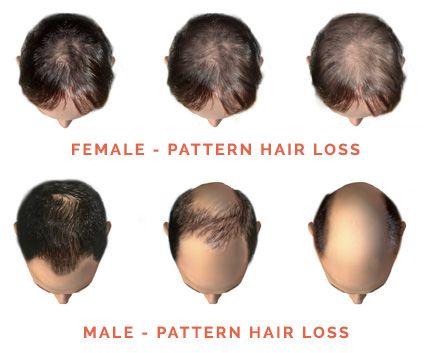Testicular Health and Self-Exams
Testicular health is an important aspect of men’s overall well-being. The testicles, also known as testes, are two oval-shaped glands located within the scrotum, which is a loose pouch of skin beneath the penis. These organs play a crucial role in reproduction by producing sperm and testosterone, the primary male sex hormone.
It is essential to keep the testicles in optimal condition to ensure proper reproductive function and overall health. Testicular health can be affected by various factors, including genetics, lifestyle choices, and certain medical conditions.
The Importance of Self-Exams
Regular self-exams are crucial for maintaining testicular health and detecting any potential issues at an early stage. Testicular self-exams (TSE) involve examining the testicles and surrounding area for any abnormalities, such as lumps, swelling, or changes in size, shape, or texture. By performing self-exams regularly, men can become familiar with their testicles’ normal size and texture, making it easier to identify any changes that may occur.
Self-exams are particularly important as testicular cancer is the most common cancer among young men aged 15 to 35 years. Early detection plays a significant role in improving treatment outcomes and survival rates for testicular cancer. In addition to cancer, self-exams can help detect other conditions that may affect the testicles, such as hydrocele (fluid accumulation), varicocele (enlarged veins), or epididymitis (inflammation of the epididymis).
Performing a Testicular Self-Exam
Performing a testicular self-exam is simple and should ideally be done once every month. Here’s a step-by-step guide to help you through the process:
Begin by finding a comfortable and private space where you can undress and relax.
Stand in front of a mirror and visually inspect the scrotum for any noticeable swelling or abnormalities.
Gently cup one testicle at a time with your hands and roll it between your fingers. Familiarize yourself with the size, weight, and texture of each testicle. Remember that one testicle may be slightly larger or hang lower than the other, which is typically normal.
Pay attention to any changes in size, shape, texture, or presence of any bumps, lumps, or hard areas on the testicles or surrounding area.
Repeat the same process with the other testicle.
If you notice any concerning signs, such as new lumps, swelling, pain, or discomfort, it is crucial to consult a healthcare professional for further evaluation and diagnosis.
Additional Tips for Testicular Health
In addition to regular self-exams, several other measures can help maintain optimal testicular health:
Wear protective gear, such as an athletic cup, when engaging in sports or activities that may pose a risk of testicular injury.
Avoid exposure to excessive heat, as it can negatively impact sperm production. This includes avoiding hot baths, saunas, and overly tight underwear.
Maintain a healthy lifestyle by eating a balanced diet, engaging in regular exercise, and getting sufficient sleep. These lifestyle factors contribute to overall well-being, including testicular health.
Avoid smoking and limit alcohol consumption, as they can have detrimental effects on fertility and reproductive health.
Engage in safe sexual practices to reduce the risk of sexually transmitted infections (STIs), as certain STIs can affect testicular health.
Conclusion
Testicular health is vital for men’s overall well-being and reproductive functionality. Regular self-exams play a crucial role in detecting any abnormalities or potential issues at an early stage, including testicular cancer. By understanding the steps involved in performing self-exams and adopting healthy lifestyle practices, men can actively take charge of their testicular health and contribute to their overall quality of life.


